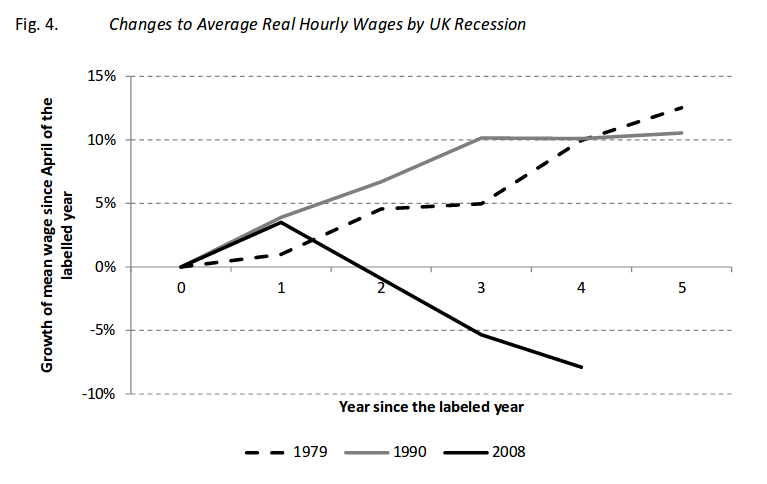In reading this article from FT, we come across two graphs:
and
Shouldn't real wages have a similar trend to productivity? Why was there that discrepancy since the 2009 until 2014? Maybe some other factor that shifted the PS, or the WS curve? It's interesting to notice that in Jun 1st 2014 began the sharp fall in oil prices, which may be the cause for the increase in the real wage we've been observing until know. It seems that workers productivity has had little impact in the behaviour of real wages...
Any help would be appreciated.
Edit: I'm including a graph with CPI in GBR with data from OECD.





